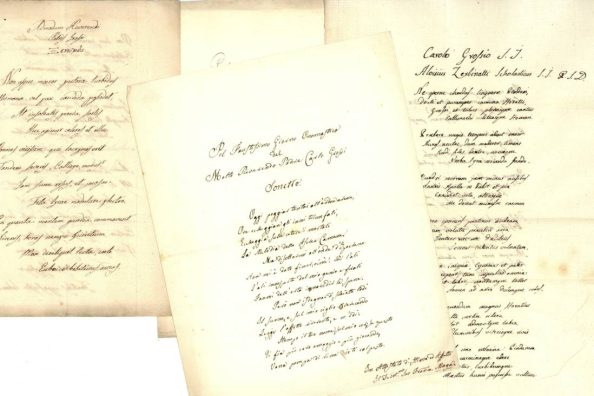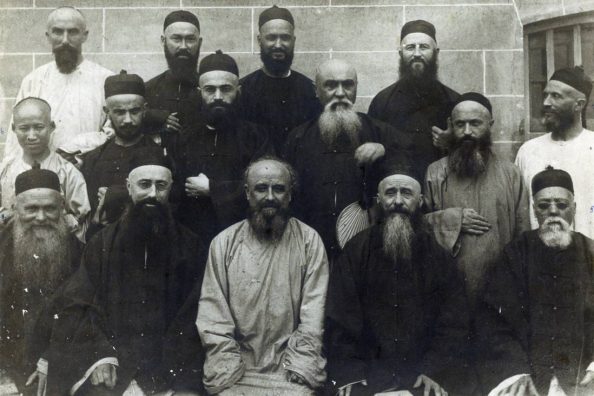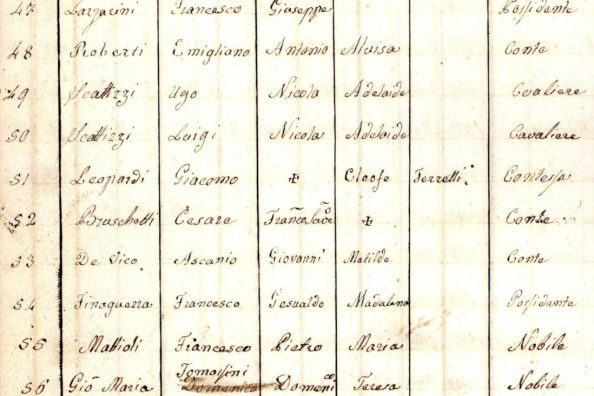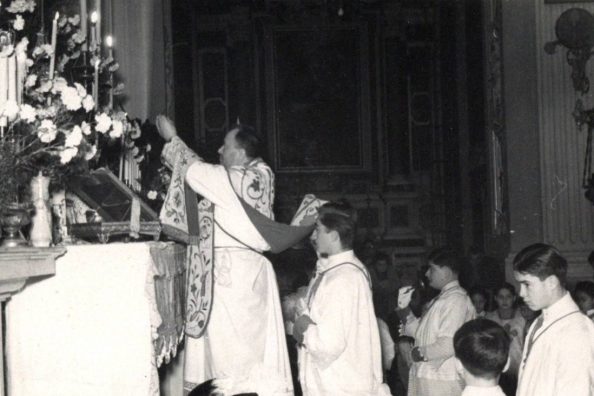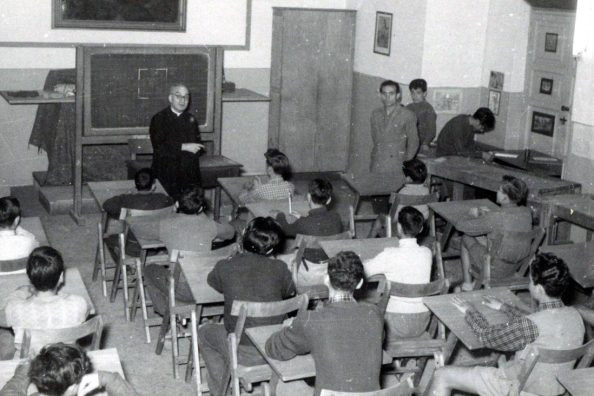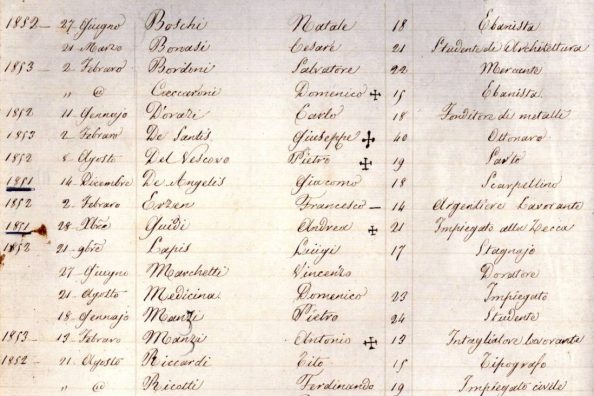The Society of Jesus and the Unification of Italy

The Unification of Italy represents for the Nation the point of arrival of the long Risorgimento process and at the same time the beginning of its history as a united country. However, this important event had different consequences for populations, entities and institutions, especially for religious orders. Let us see today how the Unification of Italy affected the life of the Society of Jesus.
When the Garibaldi’s troops arrived, as they made their way up the peninsula, the Jesuits, like all other religious orders, were forced to leave their residences, often witnessing episodes of vandalism to the detriment of objects and archival heritage.
The Gesù Nuovo in Naples, for example, was entirely occupied and part of the historical archive dispersed.
In Livorno, the last agitated pages of the college’s house diary recount the arrival of Piedmontese troops in the city and the frantic work of the fathers busy with the boarders to be sent back to their families and, above all, in the choice of religious objects and goods to be saved by entrusting them to protectors and benefactors.
The assets of the Religious Orders and the Church were for the most part immediately confiscated by the Kingdom of Italy, what remained was the subject of laws aimed at the liquidation of the ecclesiastical axis.
This meant that the Society of Jesus lost almost all of its residences, colleges, and retreat houses, all of which became property of the State, which could guarantee the primary services to citizens – schools, hospital and judicial assistance – being able to count on an infrastructure that was already ready and functioning. Often the colleges were converted into high schools within a few years, already having at their disposal furniture and a rich library, as in the case of the Collegio Romano then Istituto Visconti, the oldest high school in Rome, capital of the State. Other colleges, on the other hand, offered adequate space for courts, civic libraries, prisons and hospitals.
It was not the first time that the Society of Jesus had lost everything, it had already happened in 1773 with the suppression of the Order, but it had managed, with the reconstitution, to regain some of what it had lost, building more churches and buildings.
The Society therefore suffered serious economic damage with the Unification of Italy, but unlike the last time, it survived: neither the Italian State nor the other newly independent states had declared the Society illegal or suppressed. Jesuit life could therefore continue but with very few means.
The residences, in the catalogues between about 1861 and 1880, are in fact defined as ‘scattered’, the Jesuits were still considered members of communities, but they had no specific location, were often hosted by other orders or in makeshift accommodation.
The biggest problem was related to the novitiates: all the sites of the old and historical novitiates had been forfeited, so it was impossible to accommodate the Jesuit aspirants in the various provinces in Italy, thus creating a serious vulnus for the following Ignatian generations. The novices already in the novitiate, at the time of the Unification of Italy, were sent abroad and even Jesuit aspirants for several years afterwards had to leave Italy to enter the novitiate.
The Unification of Italy had different effects for some Provinces: the Roman one was preserved because of the continuity of the Papal State, which remained in existence, even if only for Rome and neighbouring territories, until 1870.
During the last decades of the 19th century, the Venetian-Milanese province often transferred the novitiate: to Epstein, Portoré, Sartinara, and even to Lonigo. The situation of the novitiate and the Roman residences therefore remained unchanged for some years, compared to the rest of Italy.
When the Jesuits of the Roman province had to leave their residences within months or a few weeks after 20 September 1870, the other provinces had in many cases already reorganised themselves or had found temporary locations to reopen their novitiates.
This is why Jesuits such as Fr. Lorenzo Rocci and Pietro Tacchi Venturi, despite being members of the Roman Province, entered the novitiate in Naples, which the Province had managed to reorganise in Villa Melecrinis, a gift of the family of the same name to the Society of Jesus and which accompanies today’s in-depth study.
Many colleges and residences in the north and south of Italy were reopened thanks to donations of buildings by private individuals or to repurchases made by the Company itself with the help of benefactors.
The Roman Province, which reorganised itself later than the others, was only able to reopen its novitiate in 1882 in Castel Gandolfo, not far from Rome, but losing S. Andrea al Quirinale forever. The building still exists and retains its external structure; today it houses the police and Carabinieri corps for the security of the Presidency of the Republic. The Jesuits, in the mid 20th century, obtained a small portion that corresponds to the residence, no longer a novitiate, of S. Andrea al Quirinale
The provinces then had to deal with the problem of boarding schools: not only was it necessary to find new locations, but also to manage to have enrolments: the new state schools in many cases provided an additional educational offer, in a world shaken by social change.
Jesuit schools were no longer colleges only for the nobility or the upper middle class, albeit always for a fee.
Moreover, Catholic schools were not recognised by the state, so pupils had to be examined in state schools, as private students or enrol in a state school at least in their last year, in order to take the exams, until 1929 when the Lateran Pacts came into force.
New apostolic challenges loomed on the horizon giving rise to new horizons and frontiers such as the education of soldiers and workers.
The Unification of Italy was therefore a periodising event not only for national history but also for that of the Society of Jesus.
Maria Macchi
